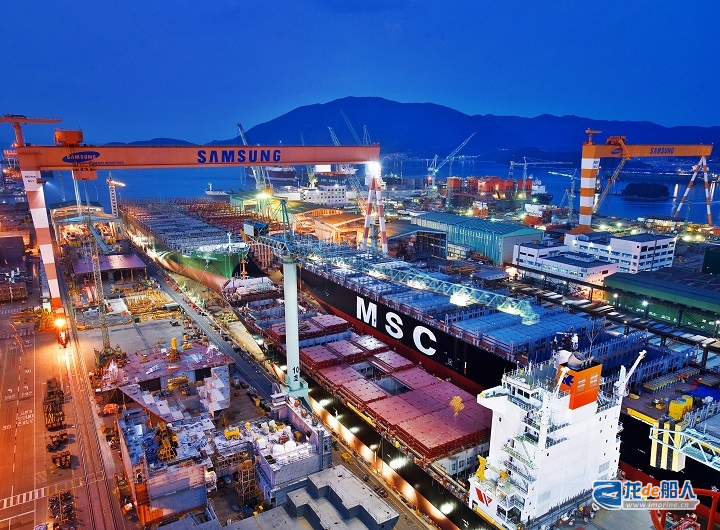On July 7, Samsung Heavy Industries announced that it had signed a preliminary contract worth 86.94 billion won (approximately US$63.7 million) with an African shipowner for the construction of an offshore production facility.

With this order, Samsung Heavy Industries has received orders for 19 new ships worth US$3.3 billion this year, achieving 34% of its annual order target of US$9.8 billion.
By ship type, the orders include one liquefied natural gas (LNG) carrier, nine shuttle tankers, two ethane carriers, four oil tankers, two container ships and one offshore facility.
As of the end of June, Samsung Heavy Industries had orders worth US$26.5 billion on hand, securing its construction volume for the next three years.
Based on previous reports, it is highly likely that the preliminary contract for offshore production facilities announced by Samsung Heavy Industries is related to energy giant Eni. On April 8 this year, the Mozambican government approved Eni’s development plan for its second FLNG, the Coral Norte.
According to a statement by the Mozambican government, Eni’s proposed project will involve 30 years of natural gas extraction in the Rovuma Basin off the coast of Mozambique, with a designed annual production capacity of 3.55 million tons of LNG. The project is valued at approximately US$7.2 billion and is expected to begin production in the second half of 2028.
The FLNG “Coral Norte” project, valued at approximately US$2.5 billion, was originally scheduled to sign a construction contract with Samsung Heavy Industries in 2024, but has been postponed to the present due to regional political instability.
It is reported that Samsung Heavy Industries has been preparing for the FLNG “Coral Norte,” and the signing of this preliminary contract means that the delayed FLNG construction contract is about to be finalized.
A Samsung Heavy Industries official said: “This agreement not only proves the company’s unique competitiveness in the offshore field, but also secures stable orders in this sector. Since the conflict between Russia and Ukraine, attention to energy security has increased significantly. In addition, the US energy policy shift is expected to continue to increase investment in offshore production facilities. The company plans to undertake 1 to 2 projects each year, centered on the planned projects.”


